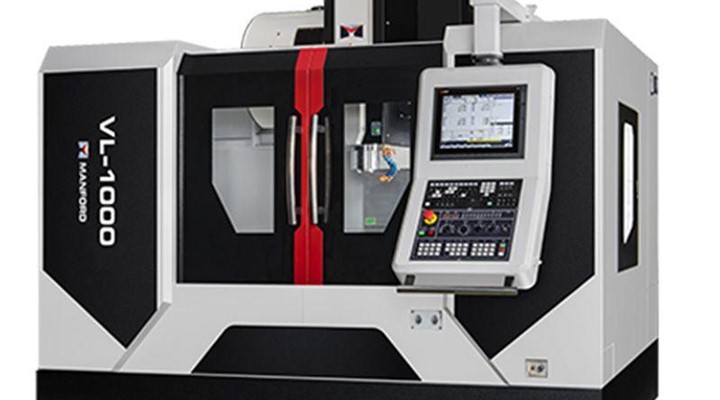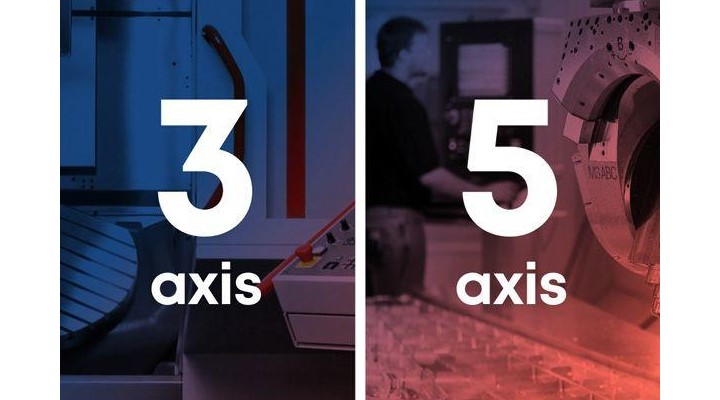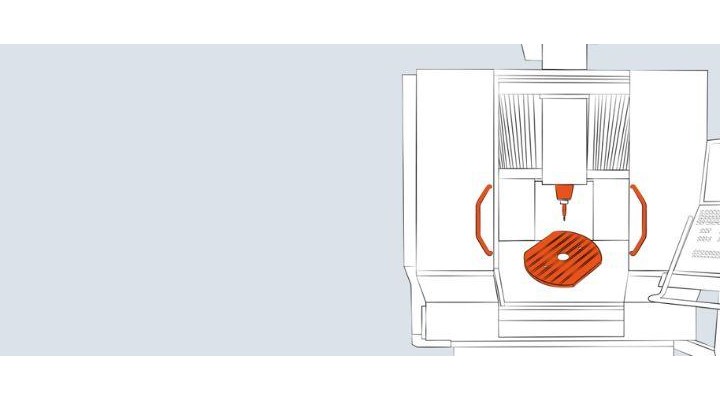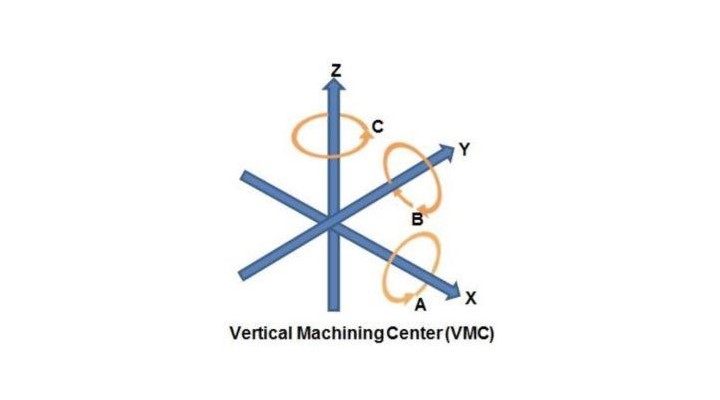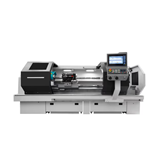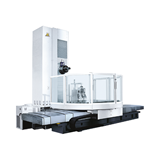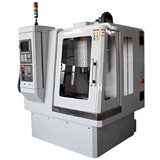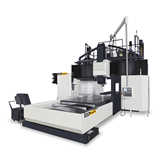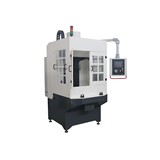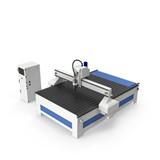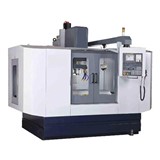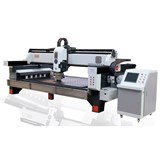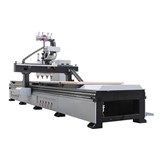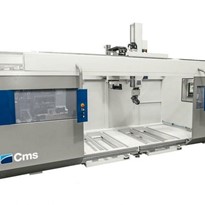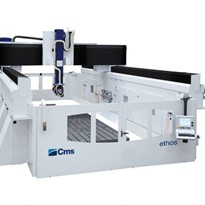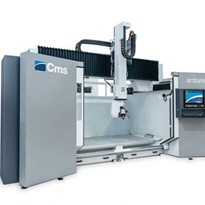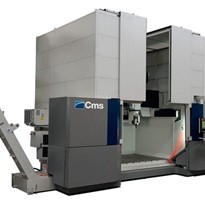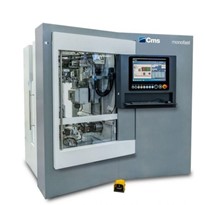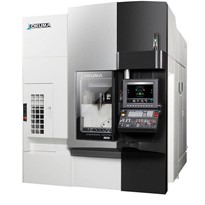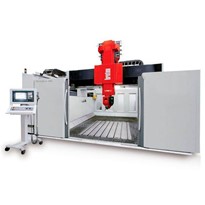Are you confident that you know when 3-axis and 5-axis machines should be used?
These questions are essential for maximising your profits. But before we dive into the technicalities of 3 and 5-axis machining, let’s establish some basics.
What is CNC machining?
CNC machining is a broad term that covers a large range of manufacturing technologies and techniques. Among these is CNC milling – a process that uses rotating multipoint cutting tools to remove material from a workpiece.
The choice between a 3-axis or 5-axis machine depends on many different factors, but the first step is to understand the key differences between the two. Only then can you make an informed decision. Here, we’ll cover CNC milling and the difference between 3-axis and 5-axis machining.
In the context of CNC machining, the axis simply refers to one of the cartesian directions, i.e. X, Y, and Z.
Rotation about those axes is labelled A, B, and C. This describes the different directions that the spindle can move around the machine to create a part, as seen below:
This is easier to understand when imagined from the front of the machine:
- X is the left-to-right axis parallel to the ground
- Y is the front-to-back axis parallel to the ground
- Z is the vertical axis
Meanwhile, the rotational naming convention is:
- A is rotation about the X-axis
- B is rotation about the Y-axis
- C is rotation about the Z-Axis
What is the difference between 3-axis and 5-axis machining?
The 3-axis naming convention is likely familiar to all of us. But CNC machines don’t possess extra spatial dimensions, so what does “5-axis” mean? Let’s look at both types of machine to discover the differences.
3-axis CNC machines
A 3-axis CNC mill can only work in the X, Y, and Z directions. These machines are generally the cheapest CNC mills available and can manufacture most types of parts.
See our range of 3-axis CNC machines
However, to machine certain, more advanced components, the workpiece must be reoriented so that the machine’s tooling can reach all sides or drill holes at oblique angles. In some cases, special anchoring jigs may need to be created. This becomes expensive because reorienting the part and locking it in place can take a lot of time.
This extra time, coupled with the increased possibility of inaccuracies following additional setups, can make 3-axis machines less than ideal for more complex parts.
How do 5-axis CNC machines differ?
These machines are able to rotate the tool head along any of the rotational axes. Although there are a wide range of 5-axis configurations on the market, there are two main categories of 5-axis machines:
- 3+2 movement – The 3+2 CNC machines work similarly to 3-axis machines. However, instead of a machine operator changing the workpiece orientation, the machine can automatically reorient the part so that its tool can reach the required side.
The part can only rotate about the A and B axes. Additionally, the part cannot be rotated while the tool is moving. As such, this style is slower than a simultaneous-movement 5-axis machine, but also simpler and less expensive.
- Simultaneous movement – A simultaneous 5-axis CNC machine can produce complex geometries without stopping the machine to change the workpiece orientation.
The machine can translate or rotate along all axes simultaneously to craft complex parts without waiting for the workpiece to reorient itself. This equates to more time spent cutting and less time in setup, so these machines can produce parts quicker than their 3+2 counterparts.
There are many different configurations for simultaneous 5-axis machines:
Trunnion style – This is one of the most common 5-axis configurations. The machine moves the spindle in the three translational directions and rotates the part itself around the A and C axes.
Gantry style – This machine type keeps the workpiece stationary and manoeuvres the spindle on a gantry mounted above the part. This gantry allows translation in the X, Y, and Z axes. The spindle mount itself can rotate in the A and B directions. These machines offer unparalleled build volumes.
In summary: what is the difference between 3-axis and 5-axis CNC machining?
In principle, the main difference between 3-axis and 5-axis machines is the addition of two rotational axes.
Choosing between a 3-axis, 3+2, or simultaneous 5-axis machine can be a daunting task. Choosing the correct machine will result in increased productivity and improved profits, but choosing the wrong can have the opposite effect.
Speak with us if you’re not sure which machine is right for you
We can help you discover which machine fits both your budget and your operational requirements.


